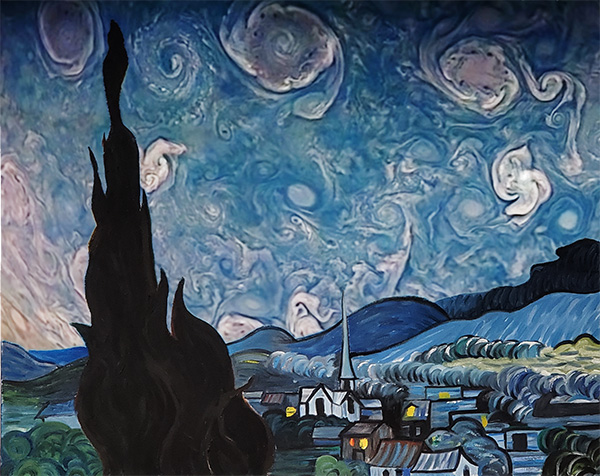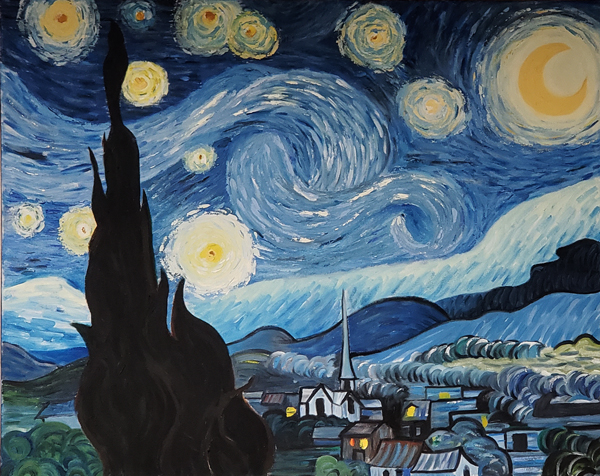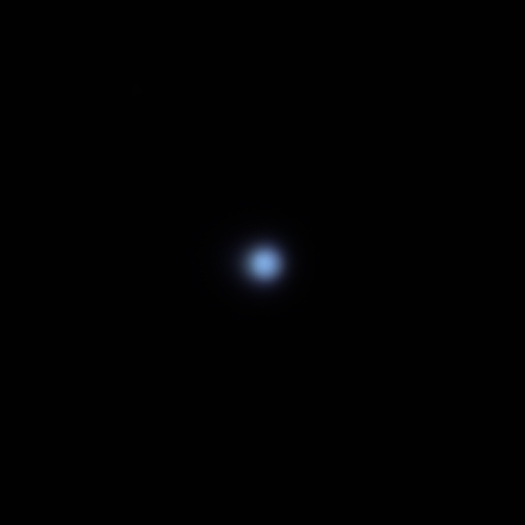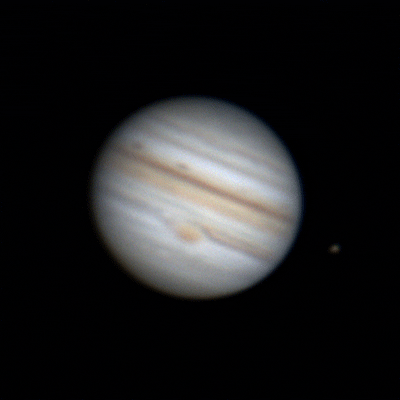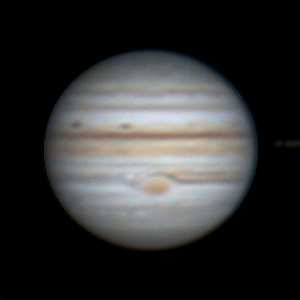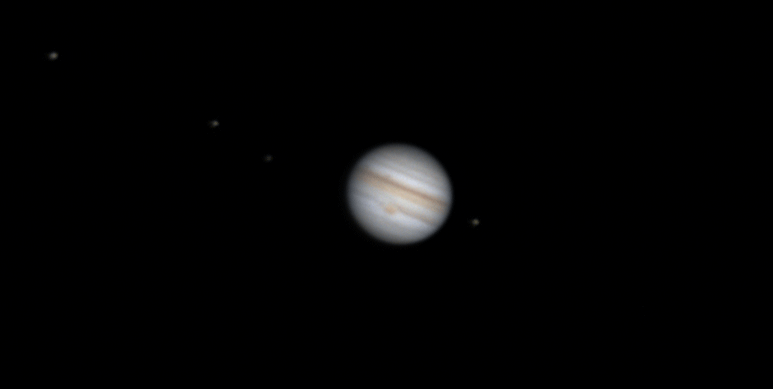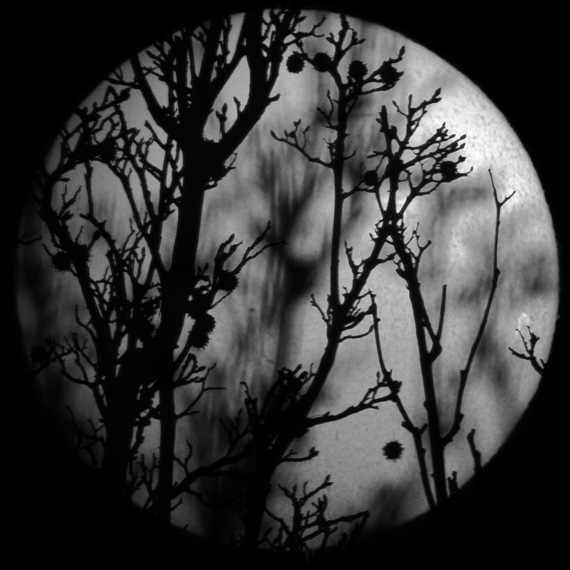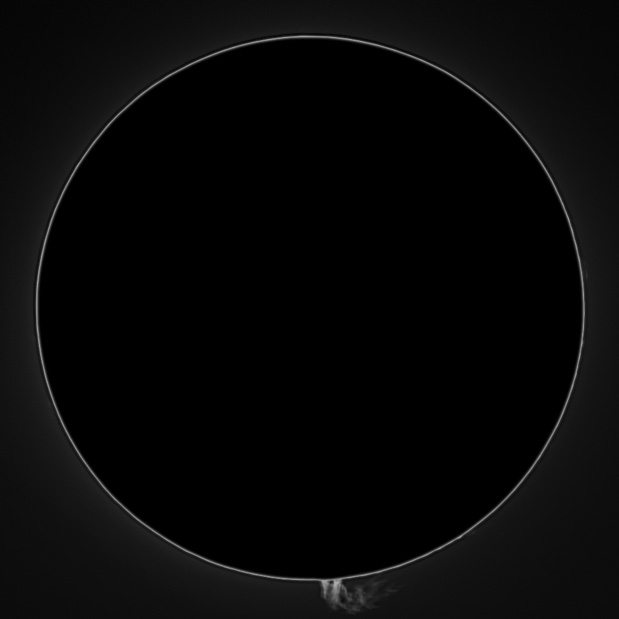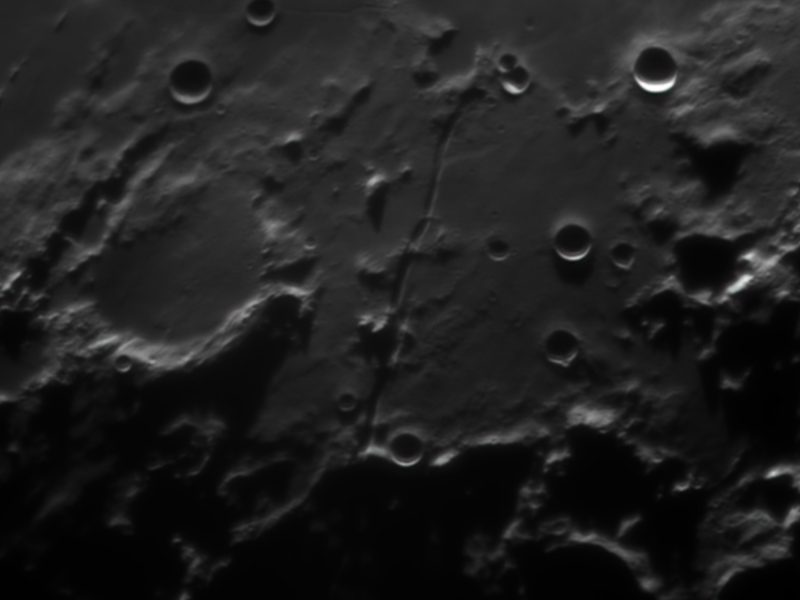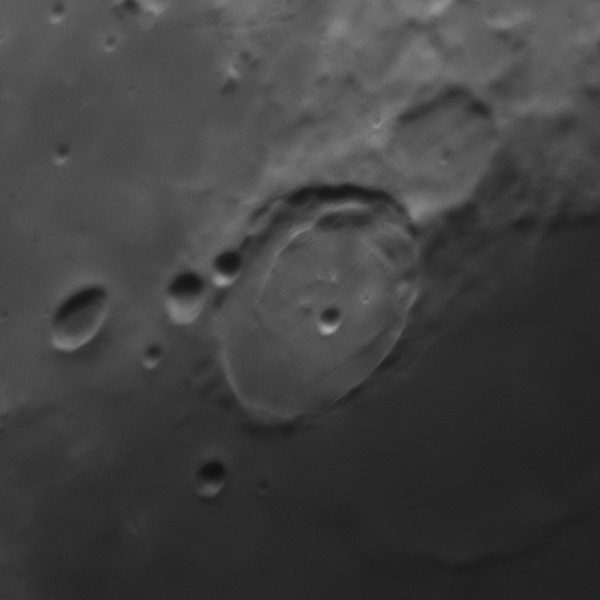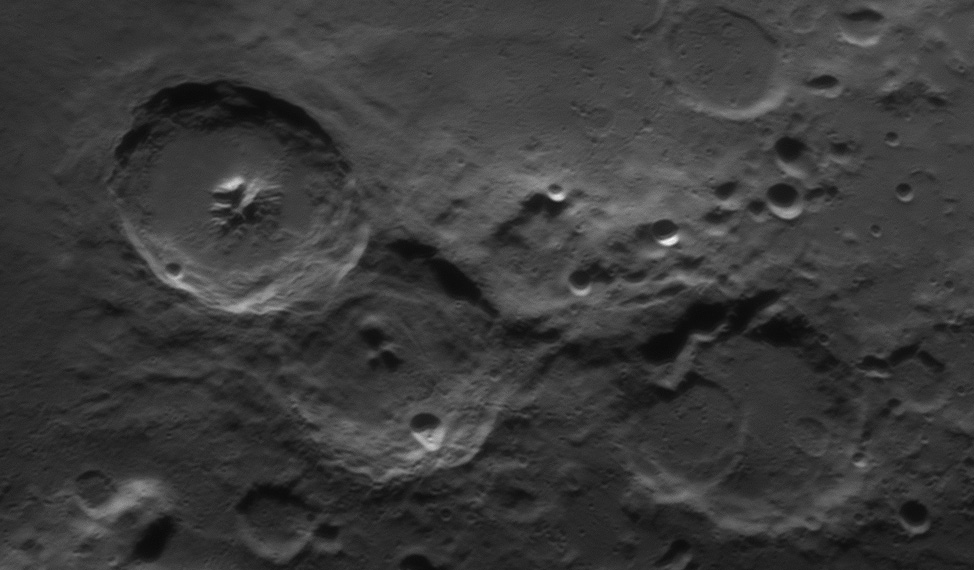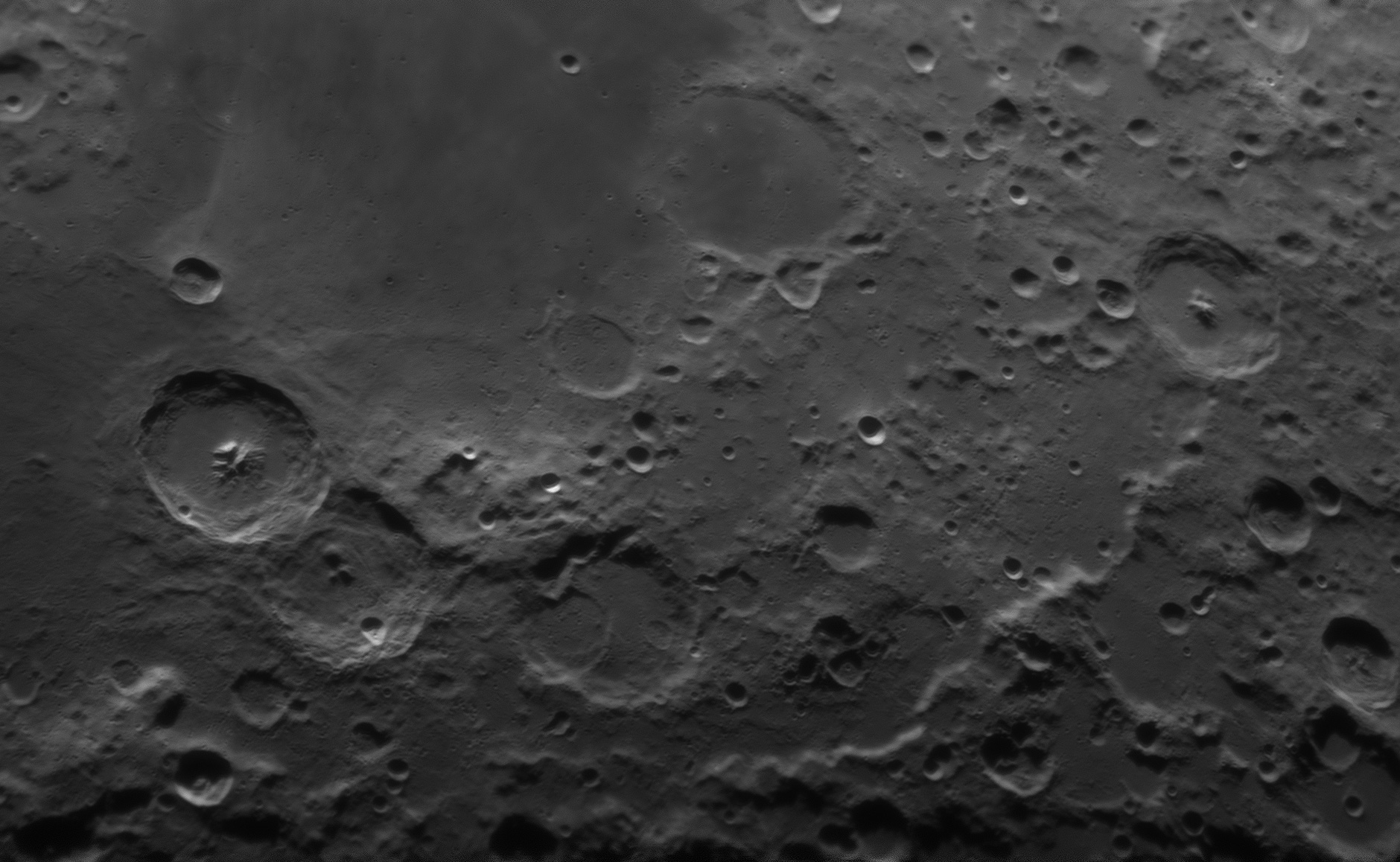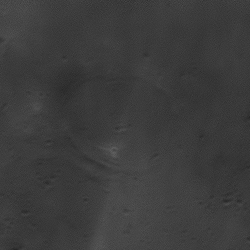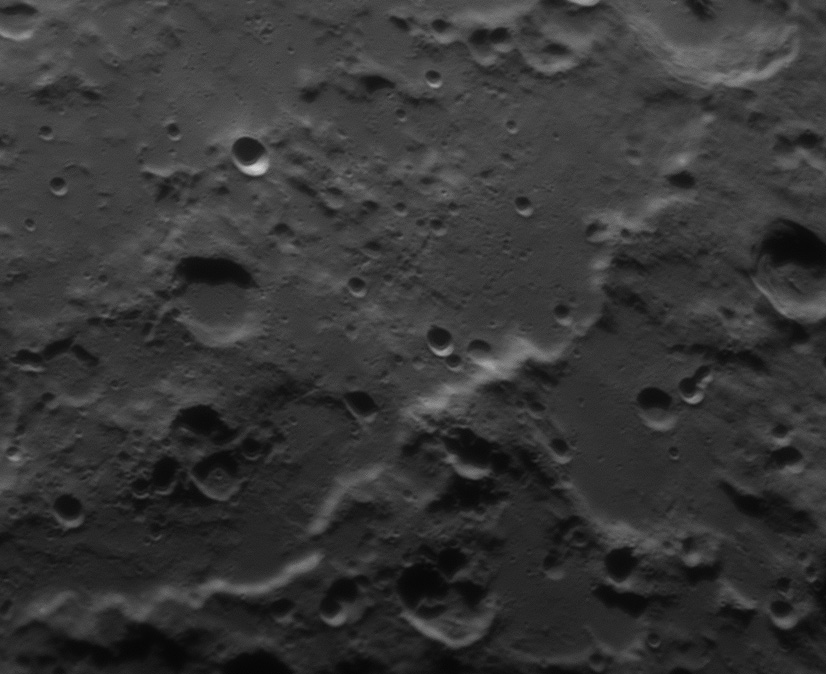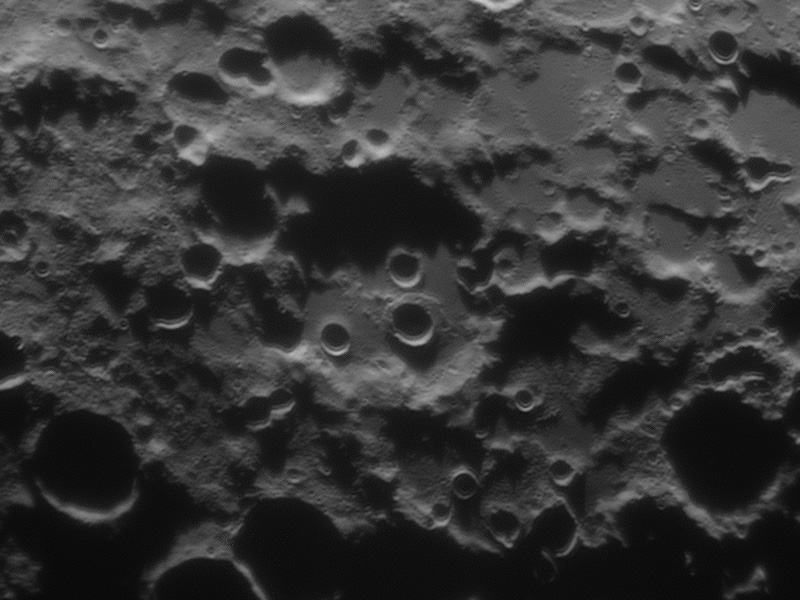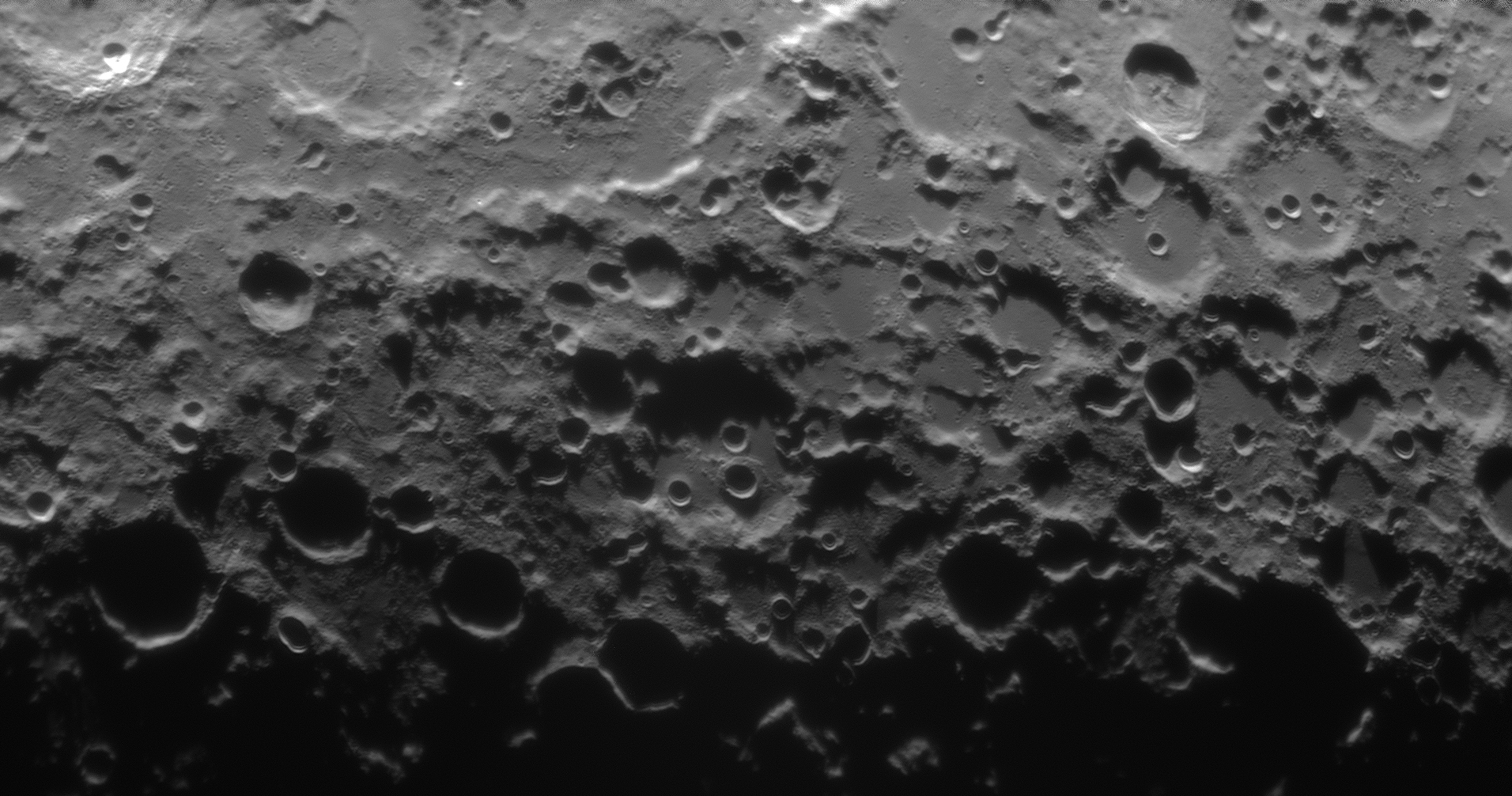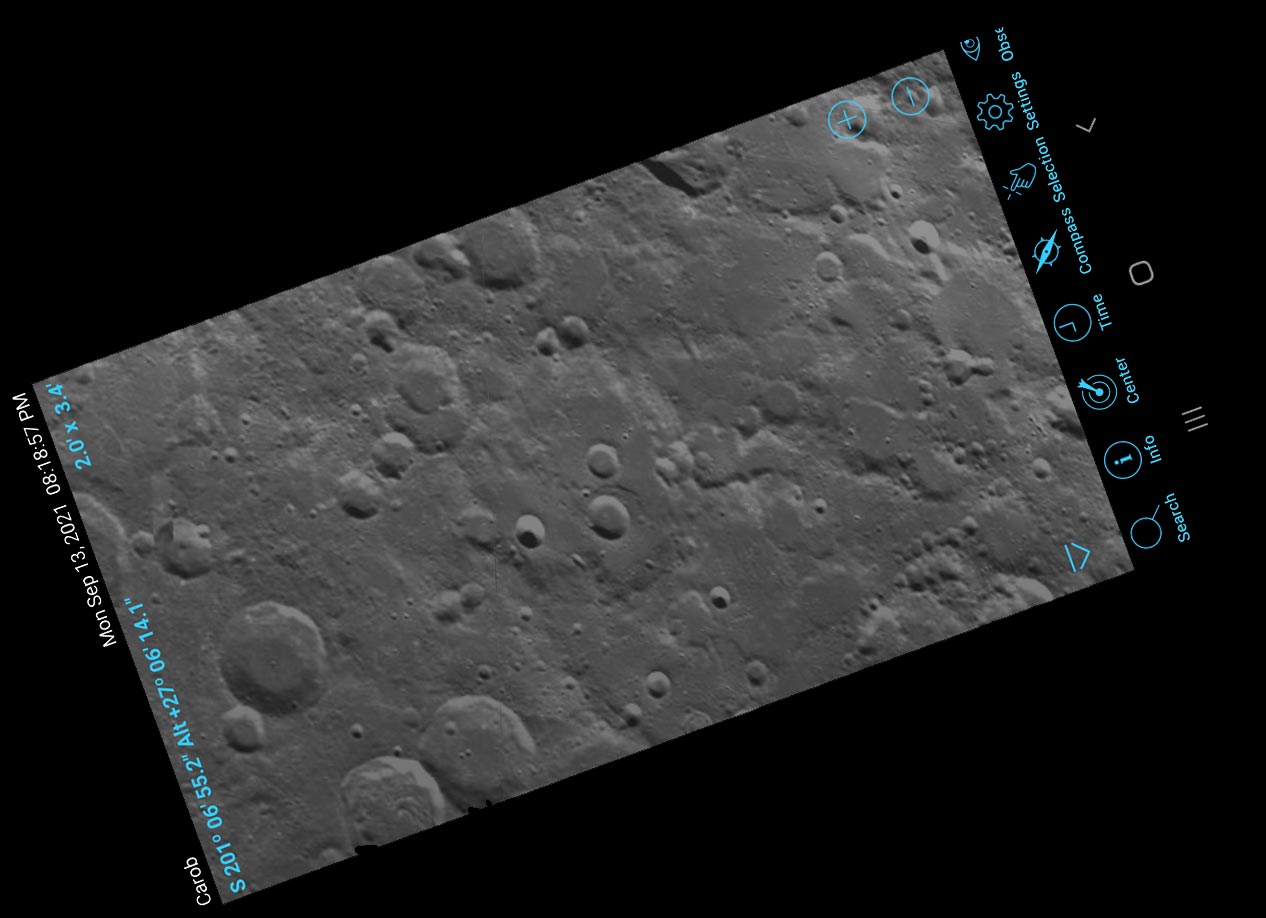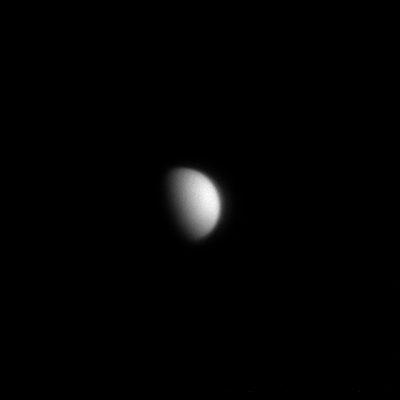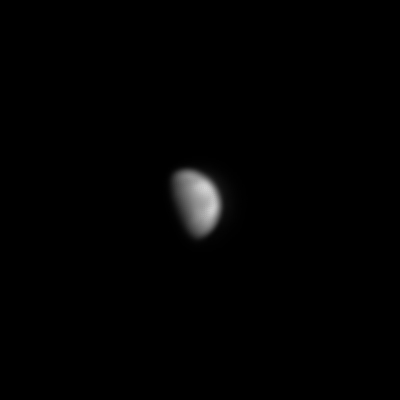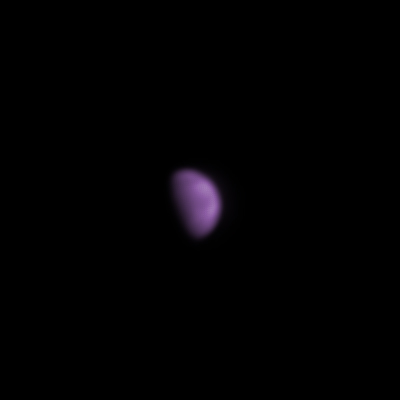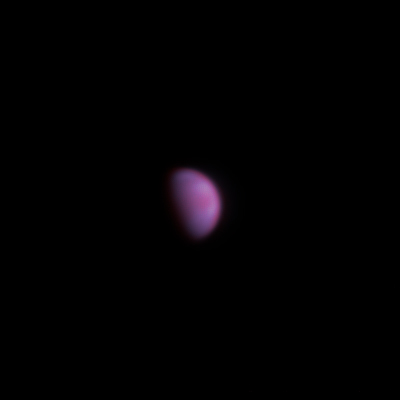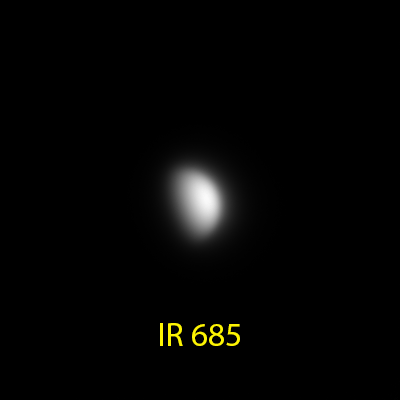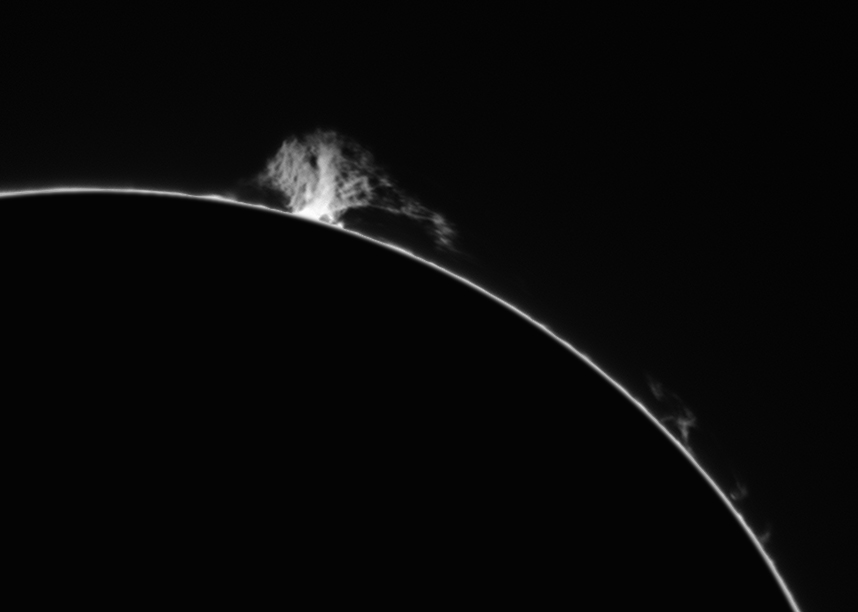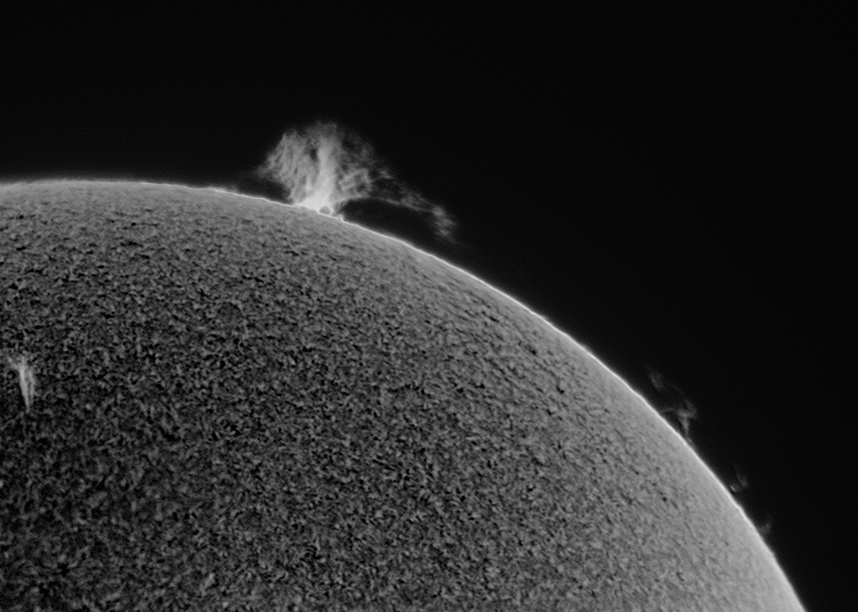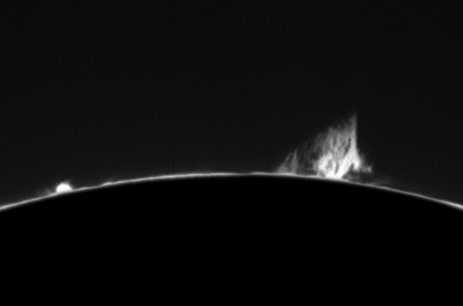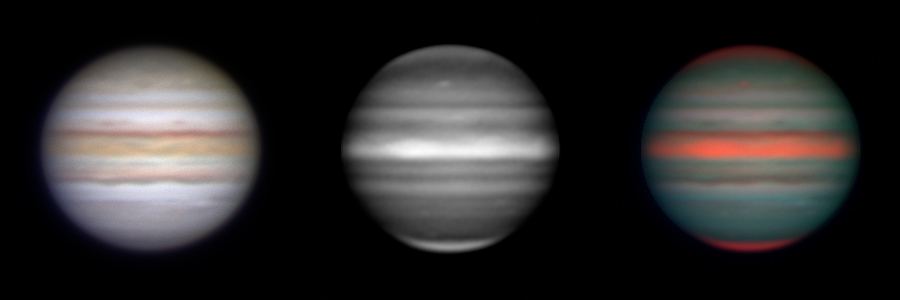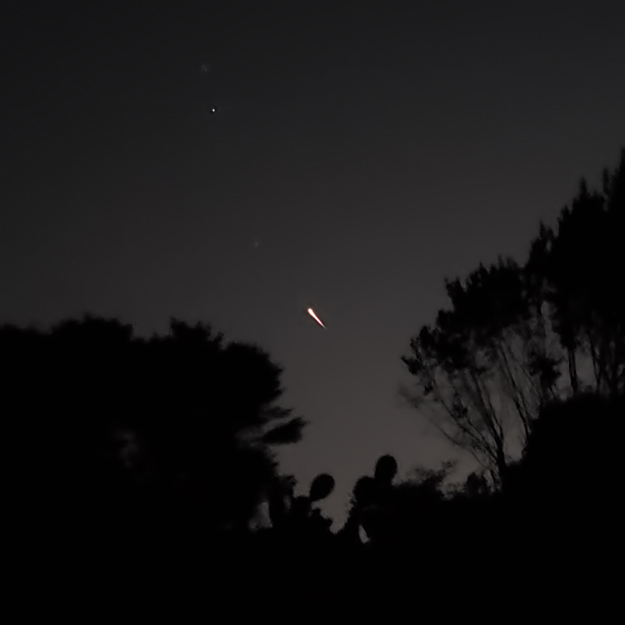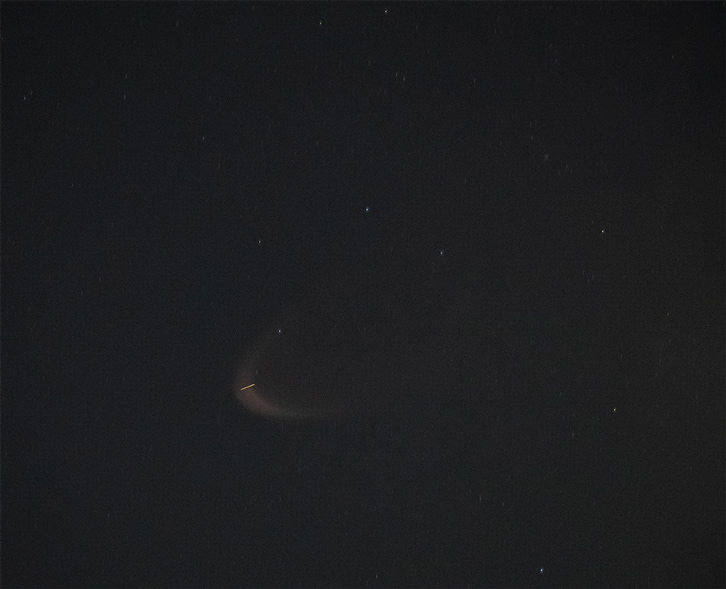The 5/15/22 lunar eclipse began with the partially eclipsed moon rising during full daylight--it being May:
 |
| full moon rising |
 |
| eclipsed moon rising |
In this wider view the partially eclipsed moon is visible rising in the shadow of the earth beneath the pink belt of venus, indicating the sun has set...a shadow within a shadow
 |
| partially eclipsed moon rising in the shadow of the earth, opposite the set sun |
Here's an attempt at the progressive eclipse:
 |
| rising lunar eclipse sequence |
And a star aligned view of the second half of the eclipse, showing part of the earth's shadow (thanks dave):
 |
| Eclipse end, star aligned. |
A bright star (upper left of moon) popped into view after being occulted by the passing eclipsed moon:
At the end of the eclipse the "blood red" moon had a prominent turquoise stripe. Thought to be due to ozone in the upper atmosphere blocking red light.
 |
| blue stripe at eclipse end (no saturation boost) |
https://www.phenomena.org/atmospheric/beltofvenus/
https://science.nasa.gov/blue-banded-blood-moon
5/15/22
near pacific ridge trail head overlooking el moro canyon in crystal cove park (southern california)
nikon D850
poor transparency
wide view:
AF-S DX NIKKOR 16-85mm F3.5-5.6G ED VR @ 32 mm f/16?
close ups:
F-S DX NIKKOR 55-300mm f/4.5-5.6G ED VR @ 300 mm F/5.6














